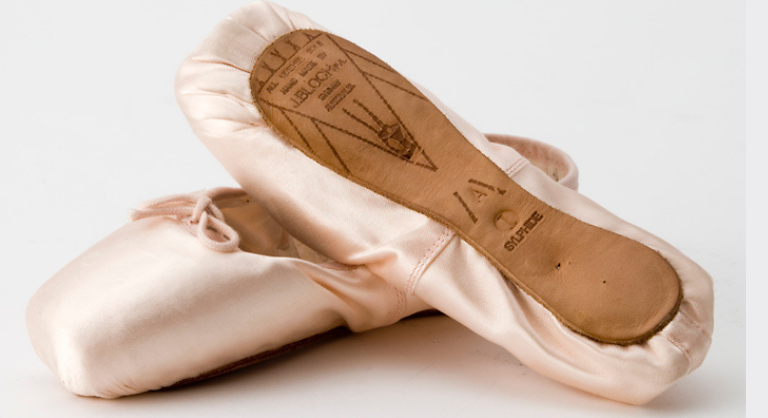Blog
December 10, 2021
The shoemaker from the shtetl
With antisemitism sweeping through Europe in the early 1930s, a Lithuanian cobbler named Jacob Bloch set out for Sydney to start a new life.
Arriving in Australia at the height of the Great Depression and barely able to speak English, he began a small business going from studio to studio selling handmade shoes to dancers.
At one studio, he noticed a ballerina struggling to rise to pointe. Observing her frustration, he promised to create a special pair of shoes to help her move gracefully onto the tips of her toes.
Jacob quickly endeared himself to the dance community, fast becoming the leading maker of pointe shoes in Sydney. As his business grew, he founded a store on Oxford Street in Paddington.
Three years after arriving in Australia, he could finally afford to bring his family to live in the space above his shop. Upon arrival, his children’s names were changed from Benzion, Berel, and Beracha to Bernard, Bill, and Betty.
From those early years in Australia, Betty recalls her father working by candlelight to save on electricity. She also remembers walking to the market to buy a live chicken that the shochet (ritual butcher) would later kill. They spoke Yiddish at home, and while learning English, she asked her mother: “Mamma, vos is “Shut Up”?”.
 Image: Bloch Ballet Shoes, SJM Collection
Image: Bloch Ballet Shoes, SJM Collection
When the Ballet Russe came to Australia, Jacob fitted the feet of some of Russia’s most famous dancers and even doubled as an interpreter for the Australian Ballet.
He eventually moved to larger premises, purchased better machinery, and began producing different types of shoes for ballet, pointe, tap, and even shoes for Scottish and Irish dance. When the business expanded further, he built a factory in Botany, but later discovered that the glue on the shoes would not dry because the new factory was too close to the water. From there, the factory was moved to Zetland.
 Image: Shoemaking in action, SJM Collection
Image: Shoemaking in action, SJM Collection
His daughter, Betty, and her husband, Gershon Wilkenfeld, eventually joined the business, introducing initiatives that ultimately transformed Bloch into a one-stop dance shop.
Jacob died in 1961 but not before seeing the business become a national enterprise.
In Betty’s words, “the ordinary shoemaker from the shtetl created what became a world-known shoe company”.
Today, Bloch is a mainstay Australian dance and activewear label, worn by performers on dance floors all around the world.






What’s On Newsletter
Keep up to date on all Museum events and exhibitions.